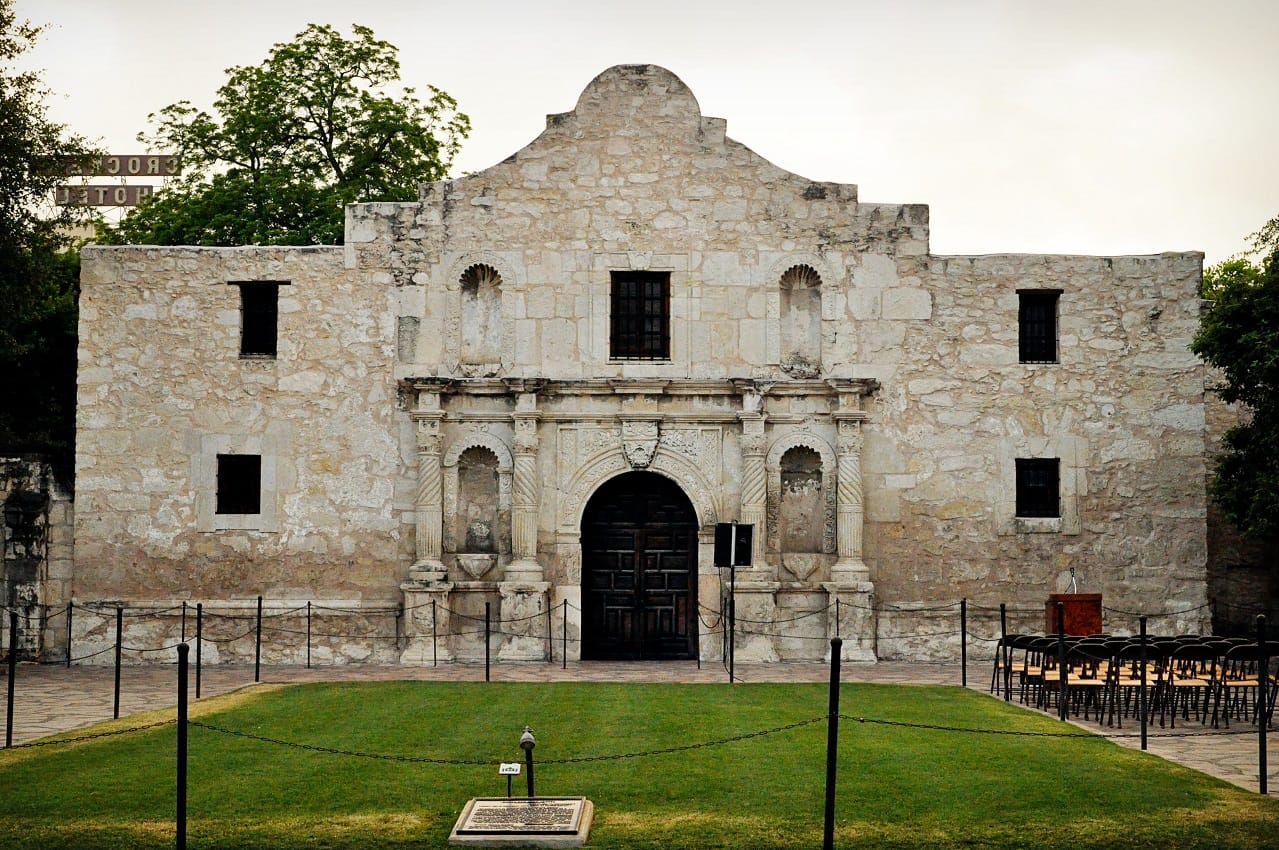
Essay on The Alamo
The Battle of the Alamo is considered to be a pivotal event in the Texas Revolution. Mexican president Antonio López de Santa Anna led an invasion in an effort to regain control over the area after insurgent army of Texan settlers and adventurers from the United States expelled all Mexican troops out of Mexican Texas. The battle of the Alamo has a lot of various myths and legends around it; thus, we are going to explore this historical event from various perspectives, dwelling on its most important moments.
Beginning our discussion, it is necessary to mention that the battle of the Alamo has a great strategic context in the Texas Revolution, because it became a decisive moment for the independence of Texas. The Alamo Mission served as a good protective picket; and if Santa Anna takes it, there will be no fortified point to stop the enemy on his way toward the Sabine. Nowadays the battle has become a real symbol of patriotic sacrifice for a vast majority of Americans and most Texans.
The siege had its beginning on February 23, 1836, and lasted 13 days. Thus, March 6, 1836 is considered to be the date of the end of the siege and final battle of the Alamo. Historical evidences show that the battle of the Alamo has its own prehistory. In 1835, supporters of the Mexican social order on the principles of federalism began a rebellion against the growing dictatorship regime of the president Antonio López de Santa Anna. In October, the settlers of Mexican Texas excited an armed rebellion against the Mexican government. Santa Anna began preparations to invade Texas immediately, to do away with the Texas Revolution. In addition, Santa Anna, angered by the thought of American intervention in Mexican affairs, ordered the Mexican Congress to authorize the army to deal with any foreigners fighting in Texas, as with the robbers. That decision meant the prohibition of taking prisoners, because the captured robbers were subject to immediate execution by the laws of those times.
When the Mexican army of General Cos had left Bexar (now San Antonio, Texas), Texan soldiers left a garrison at the Alamo Mission, a former outpost of the Catholic mission, used at the time as a temporary fort. Santa Anna described the Alamo Mission as a temporary fort hardly worthy of a separate title by the reason that the Alamo was built to defend against raids of Indian tribes that do not have guns. Into the acknowledgement of this fact Baugh stated that “the Alamo was originally built as a mission, the Mision San Antonio de Valero, a link in the historic chain of missions with which Spain gradually pushed her authority further and further into North America, while simultaneously getting in well with the Lord by converting the Indians.”[1] Material provision of the Texan garrison was in poor condition; the garrison did not have enough soldiers, for instance, there were only about a hundred soldiers by January 6, 1836. Thus, it became understandable that it would be a hard task to defend the Alamo.
It is a well-known fact that Texans repulsed two attacks, but were unable to repel the third attack. When the Mexicans climbed the walls, most of the Texan soldiers retreated to a two-storied stone building or to the chapel. Several small isolated groups of rebels who did not manage to reach the barracks and tried to escape were killed by the Mexican cavalry that waited for them outside the walls. Mexican soldiers took the room by room by force, and soon they took the entire control over the Alamo. However, the siege allowed to accumulate forces for a decisive battle, because hundreds of volunteers from the United States flocked to the newly formed republic.
Analyzing the situation, it is possible to mention that the triumph of Mexicans was a short-term, and the victory over the Texan besieged garrison was a kind of Pyrrhic victory. The necessary spark which roused the flame of the struggle with anti-Mexican forces all over Texas were courage and universal destruction of the defenders of the fort. As a result, it joined the United Stated after nine years. Adding to previously stated information, the outcome of the war with Mexico was the proclamation of an independent republic of Texas, and the adoption of a constitution. Its first president was Sam Houston.
To sum up, we have stated at the beginning of this paper that the battle of the Alamo has a lot of myths and legends around, in such a way, we have discussed the official version of the battle, because “the complete story of what went on during the siege of the Alamo is not, and never can be, known. And, in connection with an event so important in Texas history, it might be expected that many conflicting stories would be told about the details by witnesses and alleged witnesses, and that is exactly what occurred.”
Thus, taking everything into consideration, it is possible to conclude that we have observed the battle of the Alamo from various perspectives, dwelling on its prehistory and strategic context with many details. We have explained not only the meaning of the battle for American people, but also its historical significance for the state.

